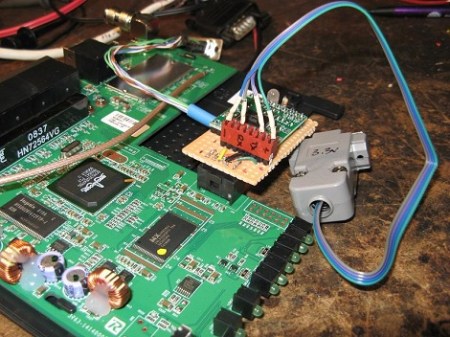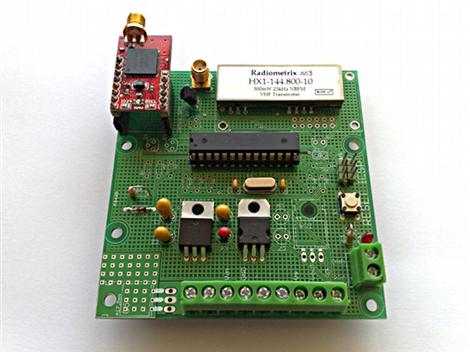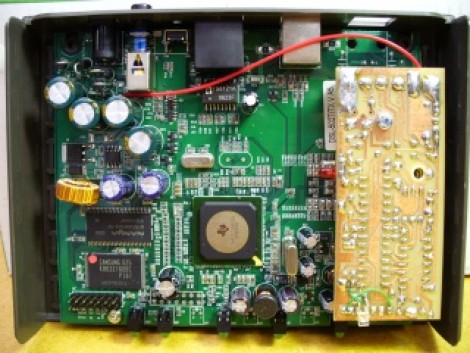
[Chris Kantarjiev] is an amateur radio enthusiast (call sign K6DBG) and does a lot with the APRS. We think his build, turning a WRT54gl router into an APRS gateway will be very useful for the APRS tracker builds we’ve been covering.
Setting up an Internet Gateway, or igate, on APRS usually requires a ‘real’ computer. [Chris] didn’t like that idea, so he took aprs4r, igate software for embedded devices, and pruned it down to fit on the 4MB of flash and 16MB of RAM in the WRT.
The actual APRS hardware is connected though headers soldered onto the WRT54gl’s board which go to a small PIC-Based TNC. [Chris] argues that the APRS ‘backbone’ is great, but there aren’t enough nodes on the network for full coverage. We thing this would be a great way to put cheap hardware out in the wild to cover those gaps in the APRS network.
Check out the video for a rundown of the modded WRT54g after the break. If you’re interested amateur radio, Field Day is coming up in just 2 weeks. Find a local club and check out what’s possible with amateur radio.















